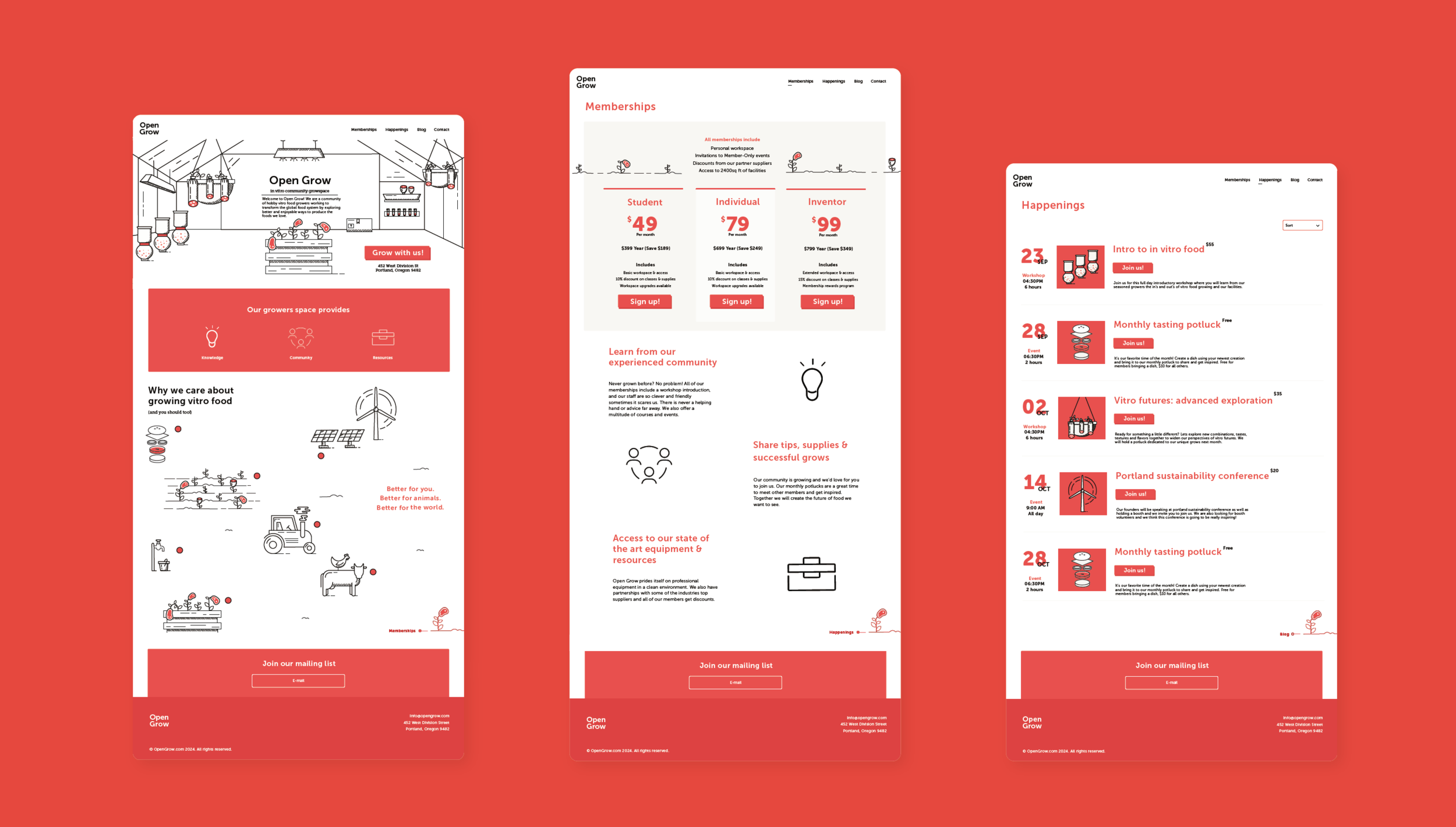This project has been concerned about the effects of climate change and urbanization on our food systems. The green agricultural revolution and genetically modified plant varieties has helped feed an increasing population, but it has taken its toll on biodiversity. Today, roughly 100,000 global plant varieties are endangered due to climate change, market integration and cultural changes (e.g. dietary habits). However, seed exchange networks across the globe are making efforts to keep varieties alive by sharing and growing seeds in their community. Some are even experimenting and developing new varieties that can survive changing climatic conditions.
The Seed Vault 2.0 is a digital service that promotes urban food growth and the exchange of seeds within an international network. It combines global and local efforts, and uses the Svalbard Seed Vault as a metaphor for its name. By collecting data on all the varieties in the network, it can keep track on both existing and newly discovered types of culinary vegetables. It also offers resources to encourage seed saving initiatives in cities. Once registered, project groups can send and receive seeds that are allowed to be shipped internationally. These groups could for example be a community garden team, or a local seed exchange set up in a public library. The concept is built on the assumption that that these groups in turn would spread knowledge and spark an interest for urban farming in their local community, and at the same time contribute to the conservation and adaptation of our common seed resources.
Unlike other systems for sharing seeds, the Seed Vault 2.0 takes sensory attributes into account. Landrace and heirloom variants has an amazing specter of colors, tastes and textures. By allowing these data points to the database, it adds an extra layer of information that communicates the benefits of growing and preserving varieties that are not available in the mainstream market.
The concept would require a great collective effort between different stakeholders and across country borders. However, the design aims to show how such a network could look like, and encourage further discussions on the possibilities of a global in situ seed conservation network.




















































